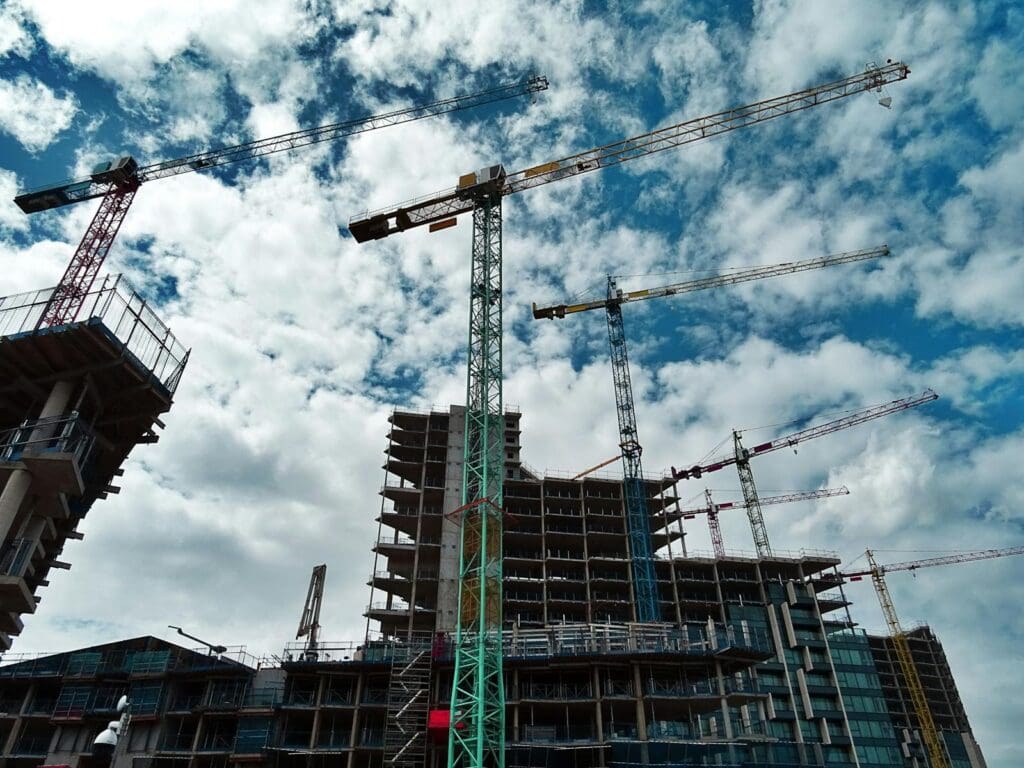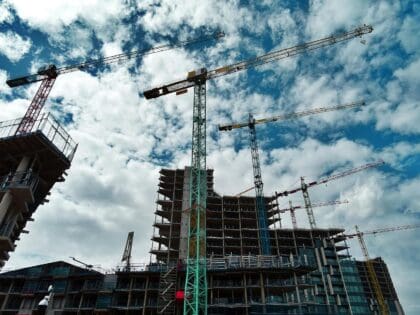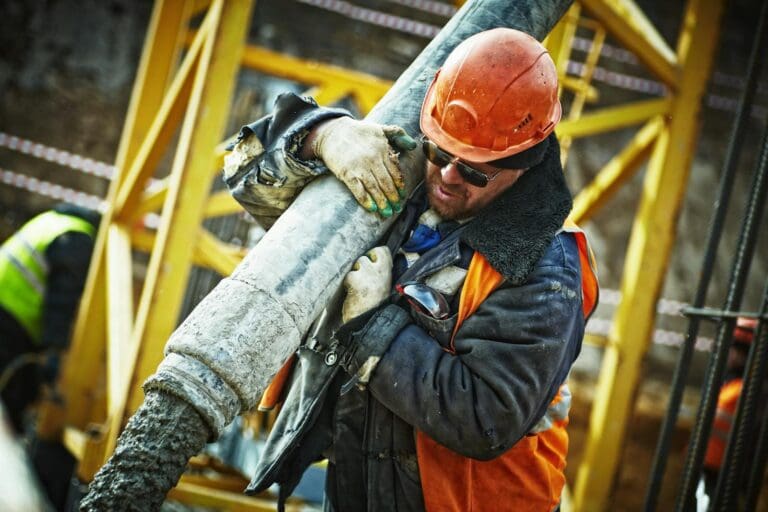If you’re a construction project manager, you know the struggle when it comes to labor shortages. You’re juggling deadlines, managing supply chain delays, and now, finding enough skilled workers has become another challenge on the list. Jobs are there. Projects are lined up. But the workforce isn’t keeping pace, and that’s creating gaps that can’t be ignored.
Some roles are getting harder to fill. Skilled trades like electricians, welders, and heavy equipment operators aren’t as easy to find. General laborers are in short supply, too. Companies that wait too long to hire risk falling behind schedule. That’s why construction managers who plan ahead—who tap into temp staffing—are staying ahead of the curve.
Why Skilled Labor Shortages Are Hitting Construction Hard
It takes years to train skilled workers. But experienced tradespeople are retiring faster than new workers are stepping in. The industry is feeling it.
- More projects, fewer workers – Infrastructure expansions, commercial builds, and residential developments are increasing, but the labor pool isn’t growing fast enough.
- Not enough specialized trades – Some jobs require experience that can’t be learned overnight. Welders, masons, and machine operators are in high demand, and hiring managers are competing to hire them.
- Retirements are outpacing new hires – Many of the most seasoned workers in construction are aging out, and there aren’t enough new professionals entering the field.
When labor is tight, projects don’t move as fast as they should. Teams stretch themselves thin, deadlines start slipping, and quality control becomes a challenge. Having a workforce strategy in place before that happens keeps things on track.
How Temp Staffing Keeps Projects Moving
Every project reaches a point where more workers are needed. Some phases require extra general laborers. Others demand specific trades for short periods. Temp staffing makes it easier to bring in the right people at the right time without waiting weeks or months to fill a position.
1. Quick Access to Skilled Workers
- The hiring process can be slow. Temp staffing speeds it up by providing workers who are pre-vetted and ready to go.
- Whether it’s a short-term job or ongoing work, having access to trained professionals reduces downtime.
2. Flexible Workforce Scaling
- Some phases of construction demand more hands. Others require fewer workers. Temp staffing allows managers to scale their workforce up or down as needed.
- Having a flexible workforce prevents overstaffing during slow periods and ensures enough workers are available when demand spikes.
3. Filling Specialized Roles Without Long-Term Commitments
- Some tasks require expertise that isn’t needed for the entire project. Instead of hiring full-time, temp staffing allows managers to bring in specialists for specific phases.
- Welders, electricians, and heavy equipment operators can be placed on-site when their skills are required, keeping the job moving efficiently.
4. Covering Unexpected Labor Gaps
- Workers call out. Some leave mid-project. Instead of scrambling to replace them, temp staffing provides an immediate solution.
- Hiring managers avoid costly delays by keeping a pipeline of temp workers available.
The ability to adjust staffing as the project evolves prevents bottlenecks and keeps productivity levels high.
Have a Staffing Need or project in mind? Don’t hesitate, Contact us today!
Best Practices for Hiring Reliable Temporary Workers
A strong workforce doesn’t just happen. The best construction teams are built with planning. Temp staffing works best when managers focus on a few key strategies.
1. Work with a Trusted Staffing Partner
- Not all staffing agencies are the same. Partnering with an agency that understands construction labor makes a difference.
- Agencies that specialize in construction provide workers who are already familiar with job site safety, equipment, and industry expectations.
2. Prioritize Safety Training and Compliance
- Temp workers should arrive on-site with the right safety certifications.
- Working with an agency that provides OSHA-certified workers helps reduce risks.
3. Use Temp-to-Perm Hiring as a Strategy
- Some temp workers turn out to be great long-term additions to a team.
- Project managers who use temp staffing strategically can identify top talent and bring them on permanently when the opportunity is right.
4. Plan for Workforce Fluctuations Before They Happen
- Waiting until there’s a labor shortage can slow down progress. Construction site managers who build relationships with a staffing agency before they need workers get faster placements.
- Having a plan for high-demand phases ensures that deadlines are met without last-minute stress.
A staffing strategy isn’t just about filling open positions—it’s about making sure every phase of the job has the right people in place.
MGR Workforce Provides the Skilled Labor You Need
Keeping a project moving takes more than materials and machinery. It takes a workforce that’s ready to get the job done. MGR Workforce connects construction site managers with reliable, safety-trained workers who can step in when they’re needed.
- Skilled trades, general laborers, and equipment operators available on demand
- Fast hiring to prevent delays and keep schedules on track
- Flexible workforce solutions for every phase of construction
Construction doesn’t slow down for labor shortages. The right staffing partner makes sure construction sites have the workforce they need, when they need it.
Request Workers Today for Your Project
If your job site needs skilled labor, don’t wait until it’s a problem. MGR Workforce is ready to connect you with experienced professionals who can step in and keep the work moving. Request workers today and stay ahead of labor shortages.















